1916 Excelsior 61ci Super X Board Track Racing Motorcycle Engine no. 83659 • Iconic 'Big X' bike • Excelsior was the first brand to officially reach 100mph in 1912 • Bike said to have belonged to an Uruguayan racer from the 1940s "For sheer good looks, Excelsior motorcycles had no rivals, but production costs were high. Additionally, company president, F. C. Robie had signed a twenty-year lease on the big Randolph Street Bridge factory in Chicago which had an annual rent of $23,000, and this absorbed a large portion of the company's income. The nation's economy took a slight downturn in 1911, and it was rumored that Excelsior was having financial difficulties. The Excelsior company was officially signed over to Schwinn on October 16, 1911 for the purchase price of $147,500. The new Schwinn management forecast the production of 10,000 motorcycles for the year 1912." From the late Stephen Wright's The American Motorcycle 1869-1914 (Megden 2001). The Excelsior Motor Manufacturing & Supply Company, founded in 1907 quickly produced some successful bikes: winners on the board track. The stock market crash of 1929 and the following Great Depression caused motorcycle and bicycle sales to plummet. In the summer of 1931 Ignaz Schwinn walked into the boardroom and bluntly told the assembled directors and managers, without warning, "Gentlemen, today we stop". Schwinn saw no end in sight despite a full order book and he chose bicycles over motorcycles. Excelsior was gone by September. For America's earliest motorcycles both speed and endurance were promotional necessities and Excelsior had plenty of both. Example: In 1912, an Excelsior was the first motorcycle to be officially timed at a speed of 100 mph. Ignaz Schwinn took Excelsior beyond just "good racing bikes" to become the stuff of legend. Ease of use and comfort become as important. Racing successes were replaced by "The Kumfort Kushion seat post and cradle spring fork absorb jars". Excelsior furnished motorcycles to the American military's World War I effort and soldiers nicknamed them "Big X" due to the large letter X emblazoned on the fuel tank. The mainstay of Excelsior production through the 1910s and into the 1920s was the 61ci (1000cc) Big X. This had an inlet-over-exhaust v-twin engine, firstly with belt drive then with 2-speed, and then 3-speed gearbox. There were three frame options and big-valve motors – this is a "standard" 3-speed road model. Colors were grey with red panels in the early teens, the Military Model of the late teens was in khaki and 1920s models were in a very dark blue with fine gold pin striping. Production was in limited quantities compared to the giant Indian Motocycle Manufacturing Company, and many were exported - Europe and Australia receiving a number of shipments. According to the seller, the bike belonged to a famous Uruguayan road racer called Nelson Ardinghi who raced in the 1940s. He bought the bike as a project from Nelson's brother and found the parts to rebuild it as original as possible. It seems like only the seat and tires are not original. Fußnoten Offered on a Bill of Sale As with all Lots in the Sale, this Lot is sold 'as is/where is' and Bidders must satisfy themselves as to the provenance, condition, age, completeness and originality prior to bidding.
1916 Excelsior 61ci Super X Board Track Racing Motorcycle Engine no. 83659 • Iconic 'Big X' bike • Excelsior was the first brand to officially reach 100mph in 1912 • Bike said to have belonged to an Uruguayan racer from the 1940s "For sheer good looks, Excelsior motorcycles had no rivals, but production costs were high. Additionally, company president, F. C. Robie had signed a twenty-year lease on the big Randolph Street Bridge factory in Chicago which had an annual rent of $23,000, and this absorbed a large portion of the company's income. The nation's economy took a slight downturn in 1911, and it was rumored that Excelsior was having financial difficulties. The Excelsior company was officially signed over to Schwinn on October 16, 1911 for the purchase price of $147,500. The new Schwinn management forecast the production of 10,000 motorcycles for the year 1912." From the late Stephen Wright's The American Motorcycle 1869-1914 (Megden 2001). The Excelsior Motor Manufacturing & Supply Company, founded in 1907 quickly produced some successful bikes: winners on the board track. The stock market crash of 1929 and the following Great Depression caused motorcycle and bicycle sales to plummet. In the summer of 1931 Ignaz Schwinn walked into the boardroom and bluntly told the assembled directors and managers, without warning, "Gentlemen, today we stop". Schwinn saw no end in sight despite a full order book and he chose bicycles over motorcycles. Excelsior was gone by September. For America's earliest motorcycles both speed and endurance were promotional necessities and Excelsior had plenty of both. Example: In 1912, an Excelsior was the first motorcycle to be officially timed at a speed of 100 mph. Ignaz Schwinn took Excelsior beyond just "good racing bikes" to become the stuff of legend. Ease of use and comfort become as important. Racing successes were replaced by "The Kumfort Kushion seat post and cradle spring fork absorb jars". Excelsior furnished motorcycles to the American military's World War I effort and soldiers nicknamed them "Big X" due to the large letter X emblazoned on the fuel tank. The mainstay of Excelsior production through the 1910s and into the 1920s was the 61ci (1000cc) Big X. This had an inlet-over-exhaust v-twin engine, firstly with belt drive then with 2-speed, and then 3-speed gearbox. There were three frame options and big-valve motors – this is a "standard" 3-speed road model. Colors were grey with red panels in the early teens, the Military Model of the late teens was in khaki and 1920s models were in a very dark blue with fine gold pin striping. Production was in limited quantities compared to the giant Indian Motocycle Manufacturing Company, and many were exported - Europe and Australia receiving a number of shipments. According to the seller, the bike belonged to a famous Uruguayan road racer called Nelson Ardinghi who raced in the 1940s. He bought the bike as a project from Nelson's brother and found the parts to rebuild it as original as possible. It seems like only the seat and tires are not original. Fußnoten Offered on a Bill of Sale As with all Lots in the Sale, this Lot is sold 'as is/where is' and Bidders must satisfy themselves as to the provenance, condition, age, completeness and originality prior to bidding.




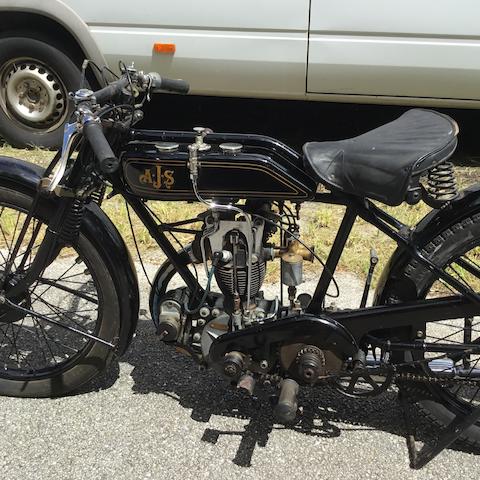
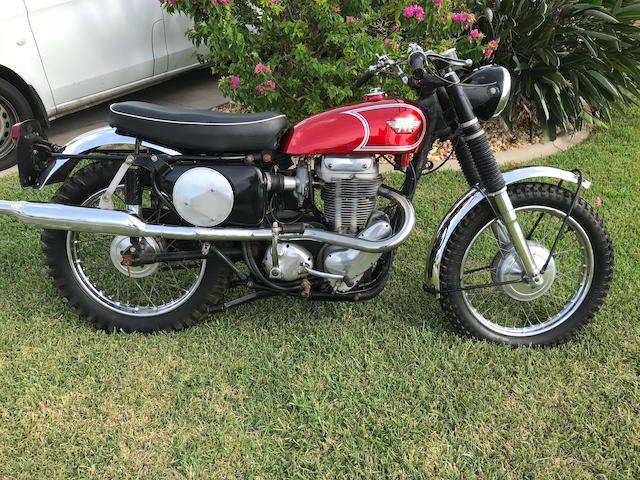
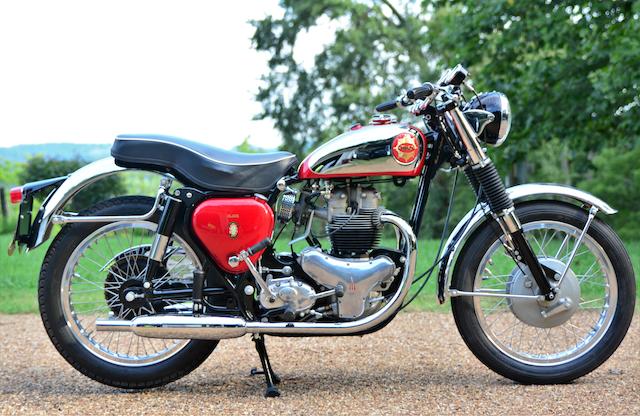
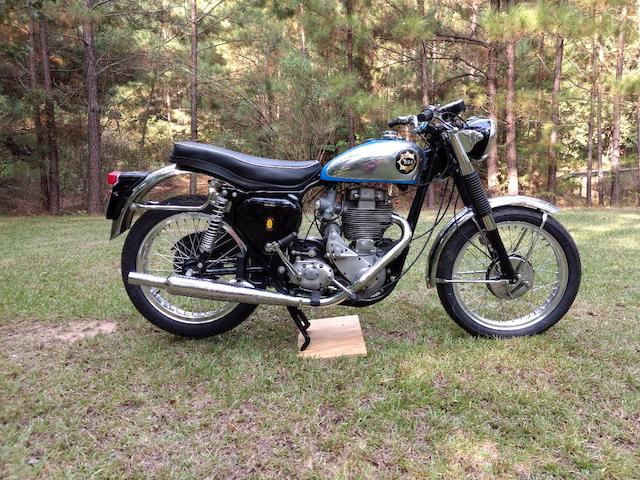
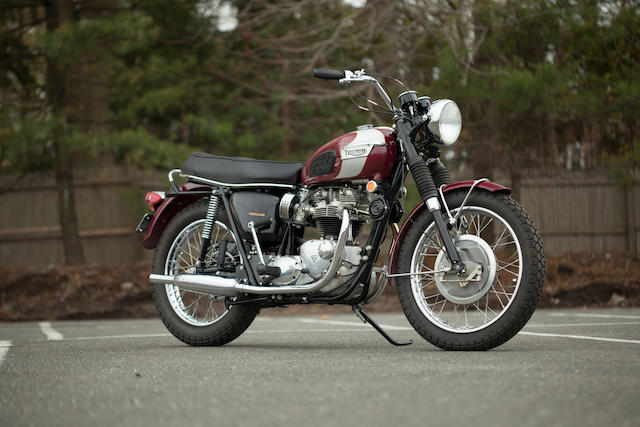
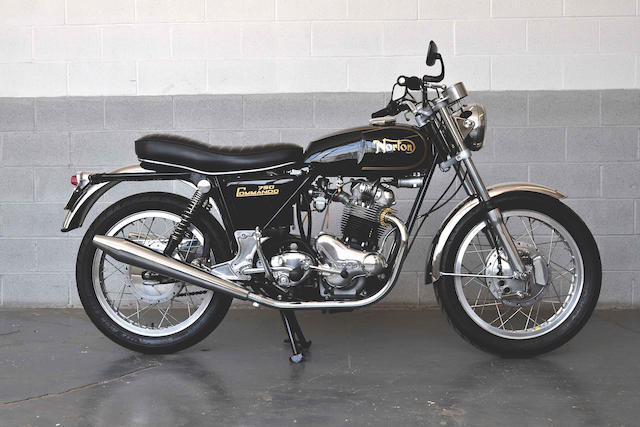
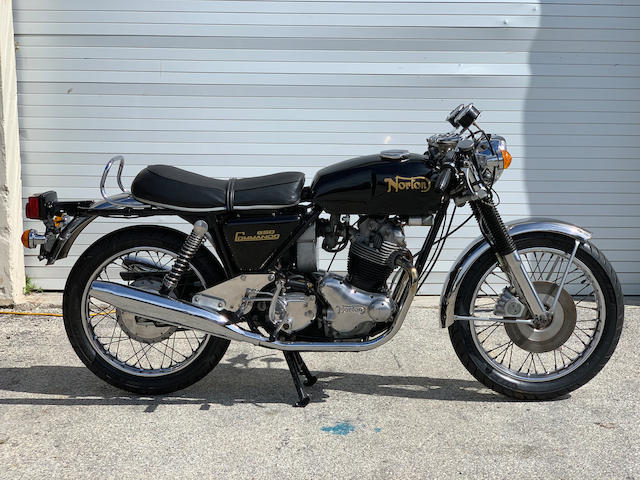
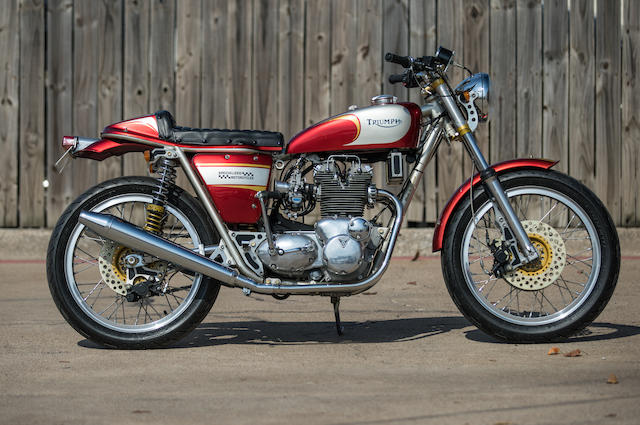
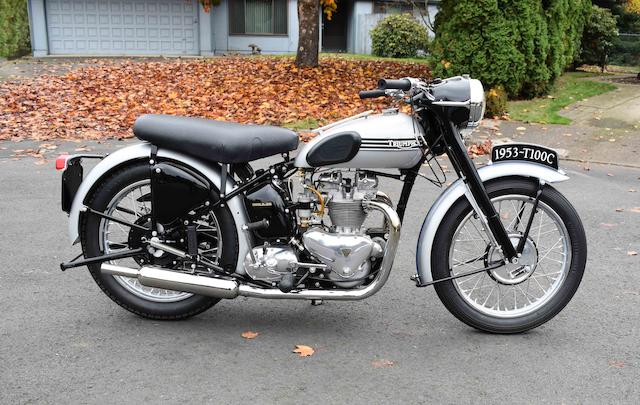
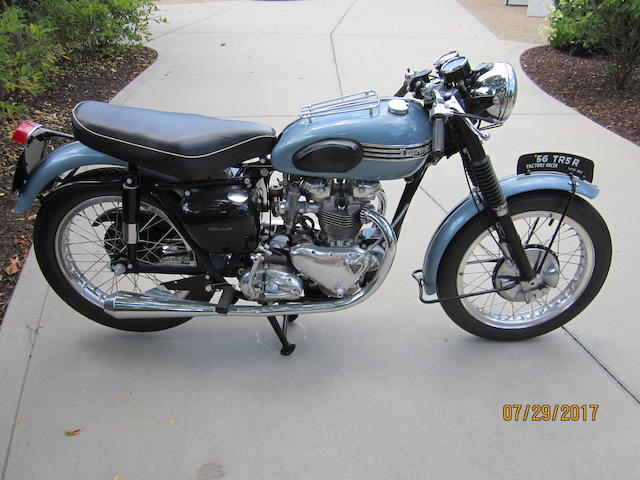
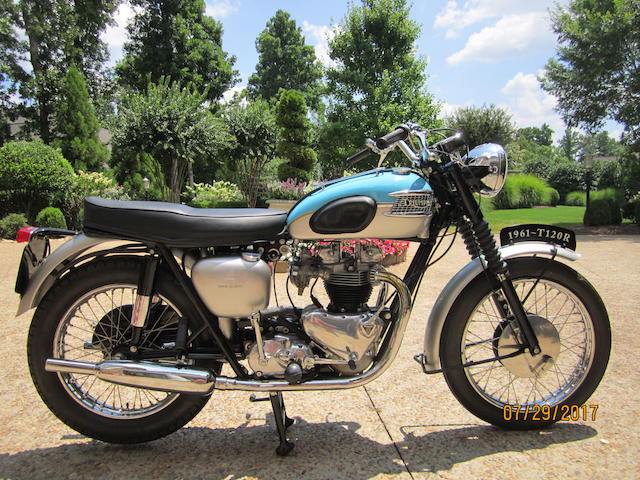
Testen Sie LotSearch und seine Premium-Features 7 Tage - ohne Kosten!
Lassen Sie sich automatisch über neue Objekte in kommenden Auktionen benachrichtigen.
Suchauftrag anlegen